How Extreme Weather Can Harm Your Chimney
As anybody who’s lived for very long in the Kansas City, KS/Kansas City, MO region knows, we get our share of extreme weather. We learn to adapt and get used to it, but your chimney isn’t quite as adaptable. Severe weather events can cause significant damage to chimneys, leaving them open to even more damage and causing them to operate in a way that’s unsafe.
Here are some ways the weather can harm your chimney.
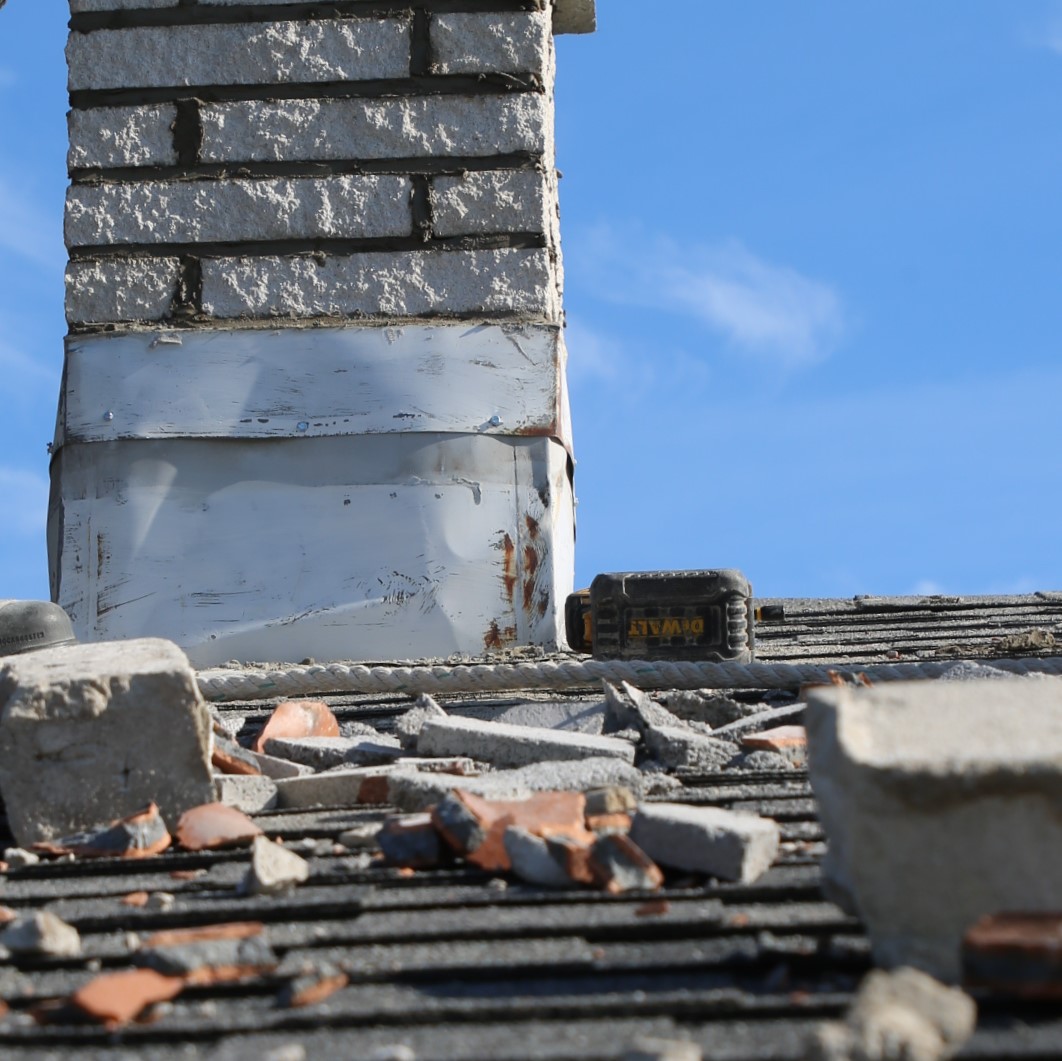 Common weather events that can damage a chimney
Common weather events that can damage a chimney
Old age is a prime factor in many types of chimney damage. But serious weather situation can quickly take their toll long before the chimney has reached old age. Damaging weather events causing damage include:
- Tornadoes and high winds
- Pounding hail storms
- More-than-usual amounts of rain and snow
- Frigid air temperatures
- Excessively hot air temperatures
- Lightning strikes
Resulting chimney damage from intense weather
The above-listed and other weather events can damage different parts of your chimney system to varying degrees. Weather damage that licensed chimney inspectors regularly encounter includes:
- Cracks in the chimney’s bricks
- Crumbling and decayed mortar that holds the bricks together
- Chimney cap damage that allows water to move into the system
- Cracks in the concrete chimney crown that will worsen over time
- Chimney leaks of all types and volumes
- Warped or missing chimney flashing that protects the gap between the chimney and the roof
- A chimney that leans to one side
- Extensive structural damage
- Rusted or inoperable fireplace dampers due to a chimney leak
- Rotting and mold growth in home building materials adjacent to the chimney – also caused by a leak
What to Do after the Storm
When the crazy weather is behind you, it’s time for you to look over your chimney and fireplace system. You want to identify anything that looks unusual such as cracks in the bricks, missing sections of mortar, odd smells coming from your fireplace, dislodged flashing and other signs that need to be followed up on.
Chimney service companies recommend that homeowners have their chimneys inspected once a year for improved safety and performance. If a bad storm comes in between visits from your inspector, it’s a smart idea to schedule a special inspection.
Professional chimney inspectors have the training and experience to spot indicators of damage that the average homeowner will miss. The inspector will evaluate all the visible areas of your chimney system and let you know if any issues were found that need attention.
In cases where it’s obvious that significant damage from a storm (or any other type of event) has affected hidden areas within the chimney structure, your inspector will perform a much more invasive inspection to determine what is needed to resolve the problem.
If it’s Time for a Chimney Inspection
Chimney inspections should never be put off. If you believe your chimney is suffering from damage, or if it is operating “oddly,” then it’s time to let a professional take a look.
Neglecting basic inspections and maintenance will almost always lead to extensive problems in chimneys and fireplaces – problems that can require a lot of time and money to fix.
Fluesbrothers Chimney & Fireplace of Kansas City, KS, helps our customers get their chimneys back into shape after damaging storms. We also provide licensed chimney inspections, certified chimney cleaning and all types of repair and rebuilding work.
We’re here when you need us. Speak with a chimney expert today at (913) 236-7141.
The post How Extreme Weather Can Harm Your Chimney appeared first on Fluesbrothers Chimney Service.
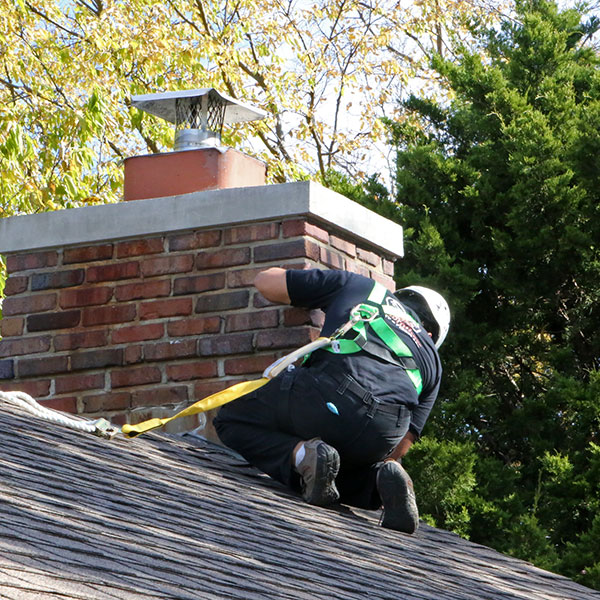
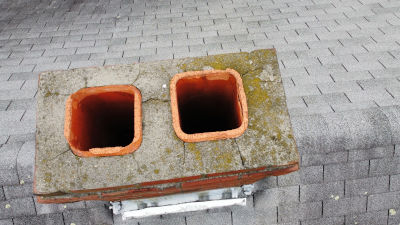 Drone Inspections Tell Us
Drone Inspections Tell Us
 When a new baby arrives, things start to change. New parents begin to experience no sleep, poopy diapers, bottles, formula, along with a new sense of safety concerns. Safety issues come from every corner of the house. Electrical outlets need to be covered, cabinets safety proofed, and sharp objects need to be out of reach. Does anyone think about the fireplace? That thought ordinarily doesn’t come until after the baby becomes mobile. It is possible to have a fireplace, stove, or
When a new baby arrives, things start to change. New parents begin to experience no sleep, poopy diapers, bottles, formula, along with a new sense of safety concerns. Safety issues come from every corner of the house. Electrical outlets need to be covered, cabinets safety proofed, and sharp objects need to be out of reach. Does anyone think about the fireplace? That thought ordinarily doesn’t come until after the baby becomes mobile. It is possible to have a fireplace, stove, or  Fireplace Inspection & Cleaning
Fireplace Inspection & Cleaning
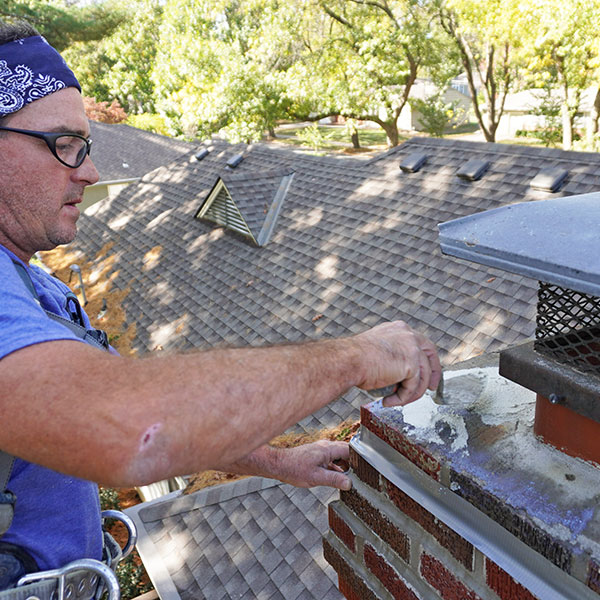 While no action you can take will guarantee there will never be any mold in your chimney, there are several things you can do to reduce the chances of a serious outbreak. The key to mold prevention is keeping water and moisture out of your flue.
While no action you can take will guarantee there will never be any mold in your chimney, there are several things you can do to reduce the chances of a serious outbreak. The key to mold prevention is keeping water and moisture out of your flue.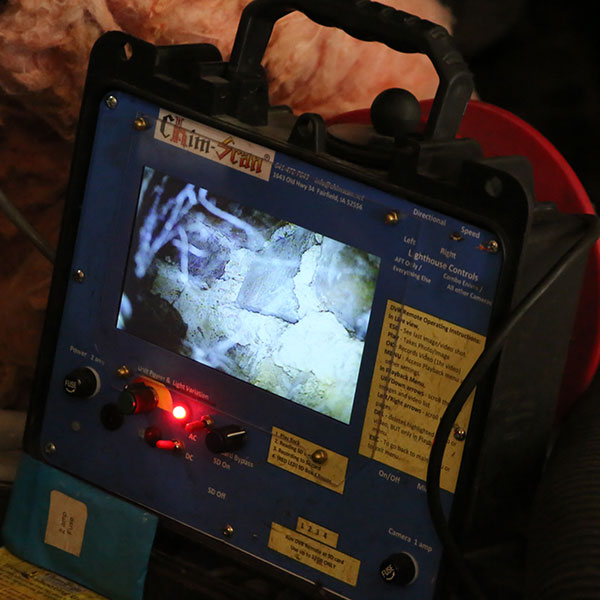 Inspecting a chimney for mold
Inspecting a chimney for mold
 Place a Decoy on or Near the Chimney
Place a Decoy on or Near the Chimney